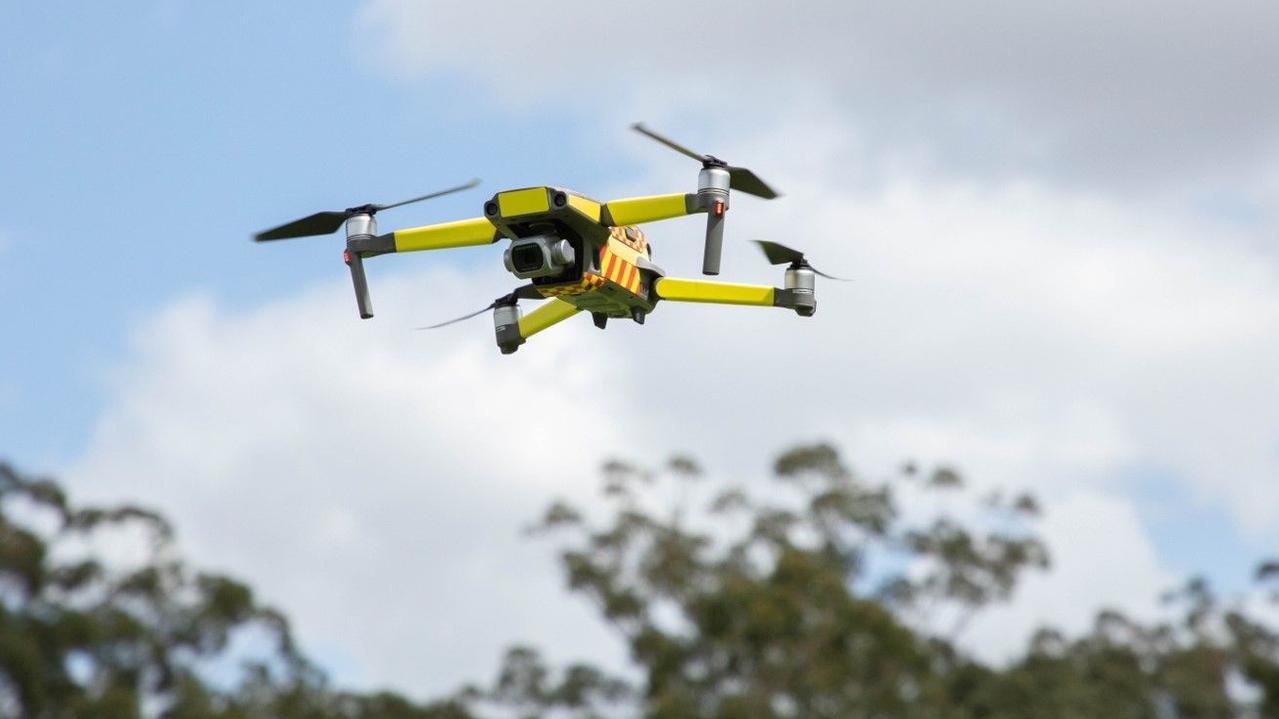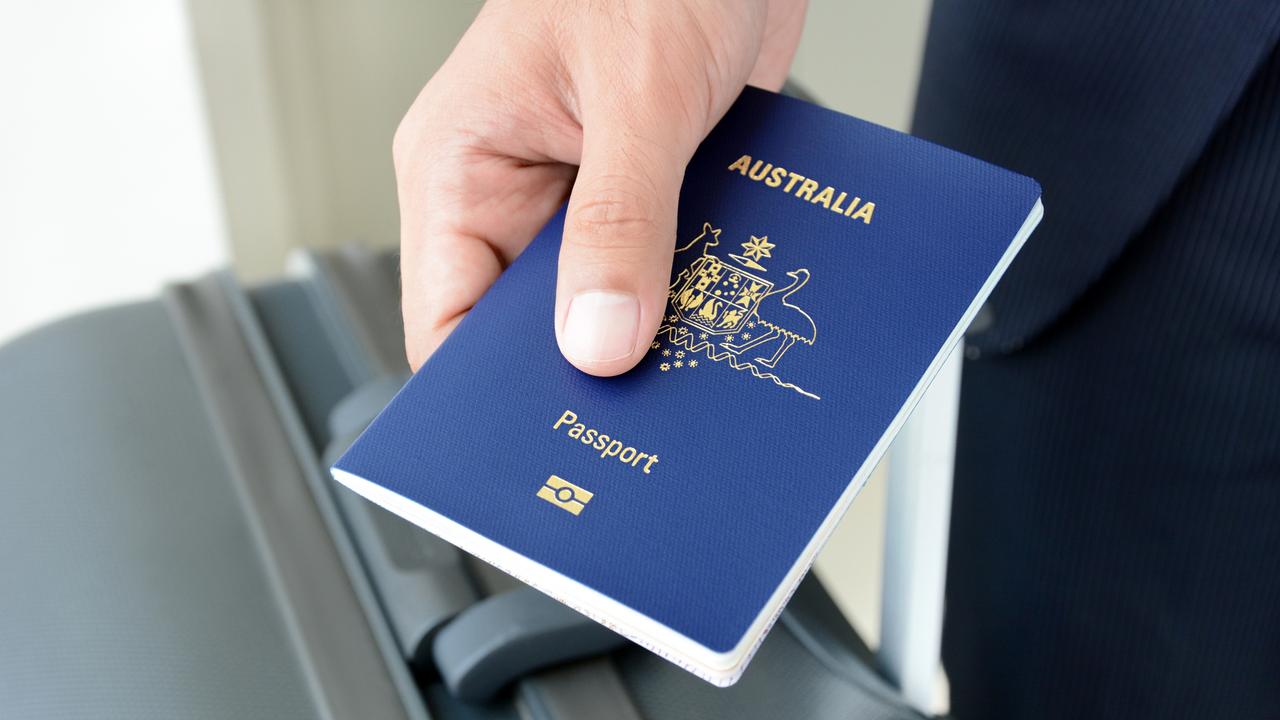Drones to bring tech solution to bushfire season search and rescue
Drones are set to play a critical role in the next bushfire season as NSW emergency response crews fly unpiloted search and rescue systems above disaster zones to find people and animals in danger

READING LEVEL: GREEN
The new hi-tech frontier* of firefighting is here, with crews across NSW getting drones that can fly high above disaster zones and locate people and animals in need of rescue.
The Remotely Piloted Aircraft Systems (RPAS) drones, launched as part of a $5.4 million investment by the NSW state government, come with thermal imaging* cameras and laser technology that can detect variable heat temperatures, identify people or animals under threat and measure the size of an area impacted by fire.

Fire and Rescue NSW (FRNSW) bushfire and aviation* unit commander Scott Donohoe said the drones could be sent into the air above a fire zone within minutes.
“The drones are stored in our vehicles and ready for immediate use, providing FRNSW commanders with aerial images that can help determine the safest and most effective places to position fire trucks and crews,” Supt Donohoe said.

He said there were plans for about 200 firefighters to be trained to pilot the drones.
NSW Emergency Services Minister Steph Cooke said aside from assessing bushfire risks, the drones could also be used in operations to reduce forest fuel, such as controlled burning, as well as finding people missing in dense bushland.

“These drones are being deployed* to 24 regional areas, giving FRNSW crews an eye in the sky to help them better fight fires and keep our communities safe,” Ms Cooke said.
The drones have already been used in the flood-battered Northern Rivers region to assess flood-damaged infrastructure*, identify hazardous* materials and find leftover debris*.
Former state fire chief Greg Mullins has previously warned burnt bush is regrowing at twice the normal speed ahead of the upcoming season.
GLOSSARY
- frontier: uncharted territory, any new area of thought, learning and practice
- thermal imaging: method of seeing objects in the dark using heat sensors that pick up small changes in temperature
- aviation: related to flight and the technology and industry around flying
- deployed: put into position, brought into action, put into use
- infrastructure: systems and services communities need like roads, transport and power
- hazardous: risky, dangerous, unsafe
- debris: broken or ruined pieces left after the destruction of something larger, like a house
EXTRA READING
Drones to patrol beaches and bush
Robotic bird feet designed for drones
Drones helping secure a future for koalas
QUICK QUIZ
- What does RPAS stand for?
- How much has the NSW state government invested?
- Where are the drones stored?
- How many firefighters will be trained to pilot the drones?
- Where have the drones been deployed already and to what purpose?
LISTEN TO THIS STORY
CLASSROOM ACTIVITIES
1. What’s the problem?
Greg Mullins warns that burnt brush is growing very quickly. Why is this a problem? Write an answer and then describe some solutions that you can think of.
Time: allow 20 minutes to complete this activity
Curriculum Links: English; Science; Geography
2. Extension
The RPAS is a great example of how drones can be used to help our communities, especially in emergencies. Can you think of another situation where drones could be used to help us? Write an outline or plan of your idea. Include pictures or diagrams to help you.
Time: allow 30 minutes to complete this activity
Curriculum Links: English; Science
VCOP ACTIVITY
Read with Kung Fu punctuation
Pair up with the article between you and stand up to make it easy to demonstrate your Kung Fu punctuation.
Practise reading one sentence at a time. Now read it again, while acting out the punctuation as you read.
Read and act three sentences before swapping with your partner.
Take two turns each.
Now ask your partner to read a sentence out loud while you try and act out the punctuation. Can you keep up? Swap over?
Try acting out two sentences – are you laughing yet?


